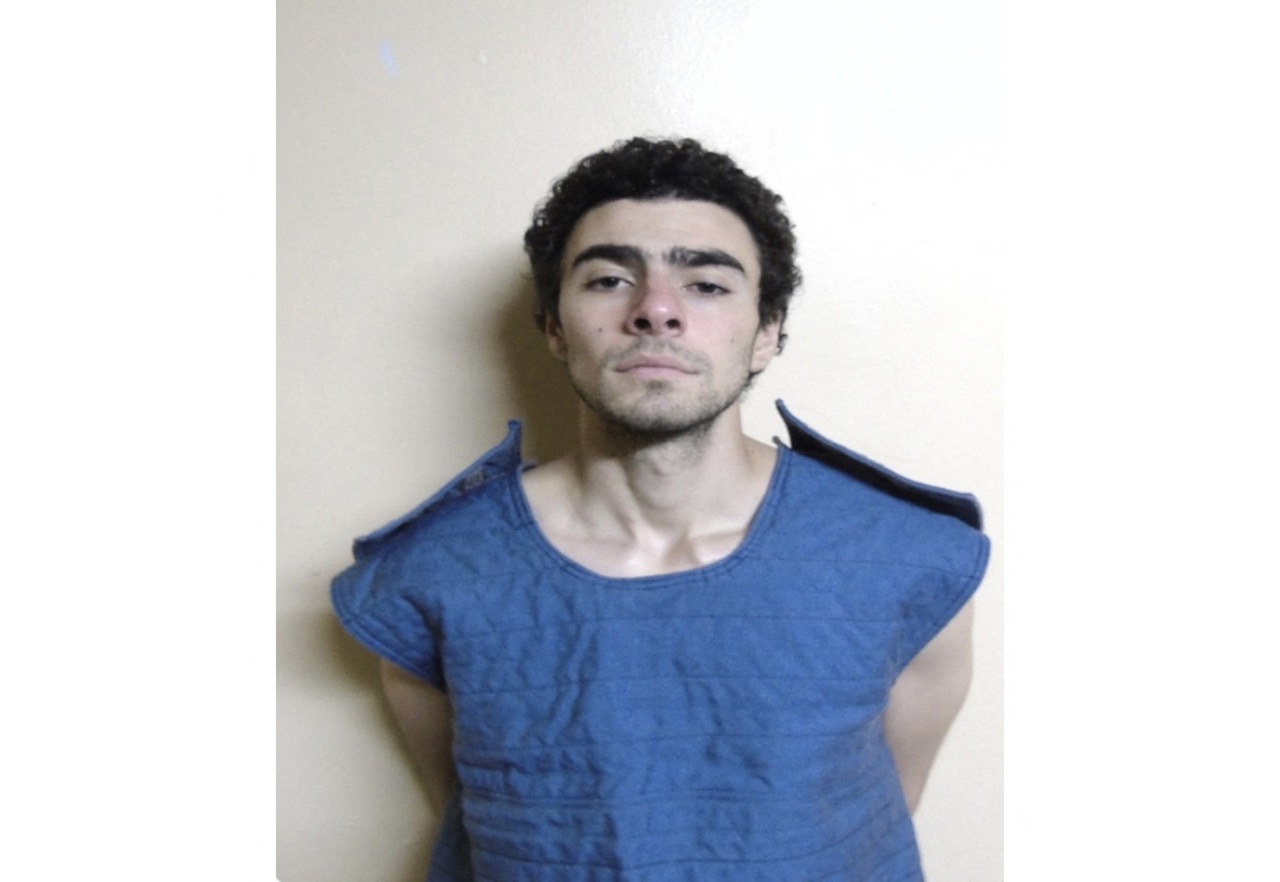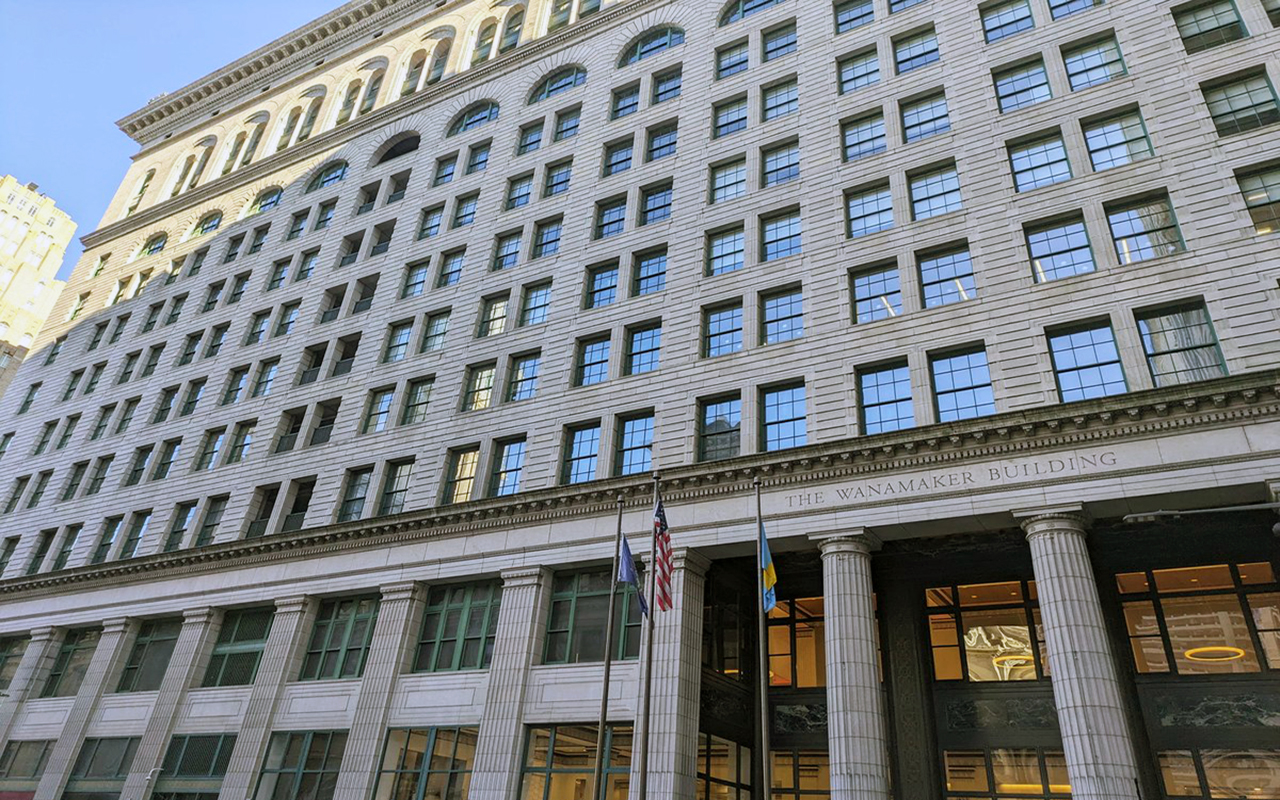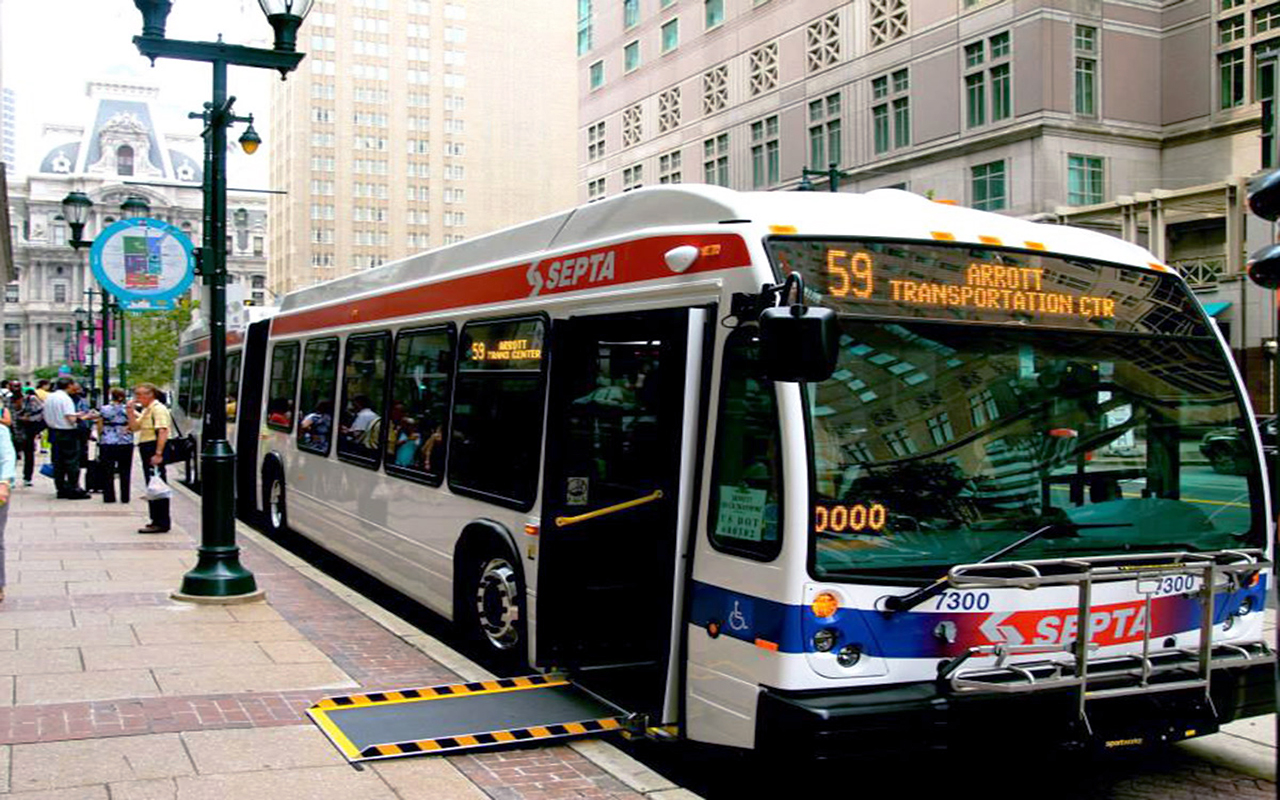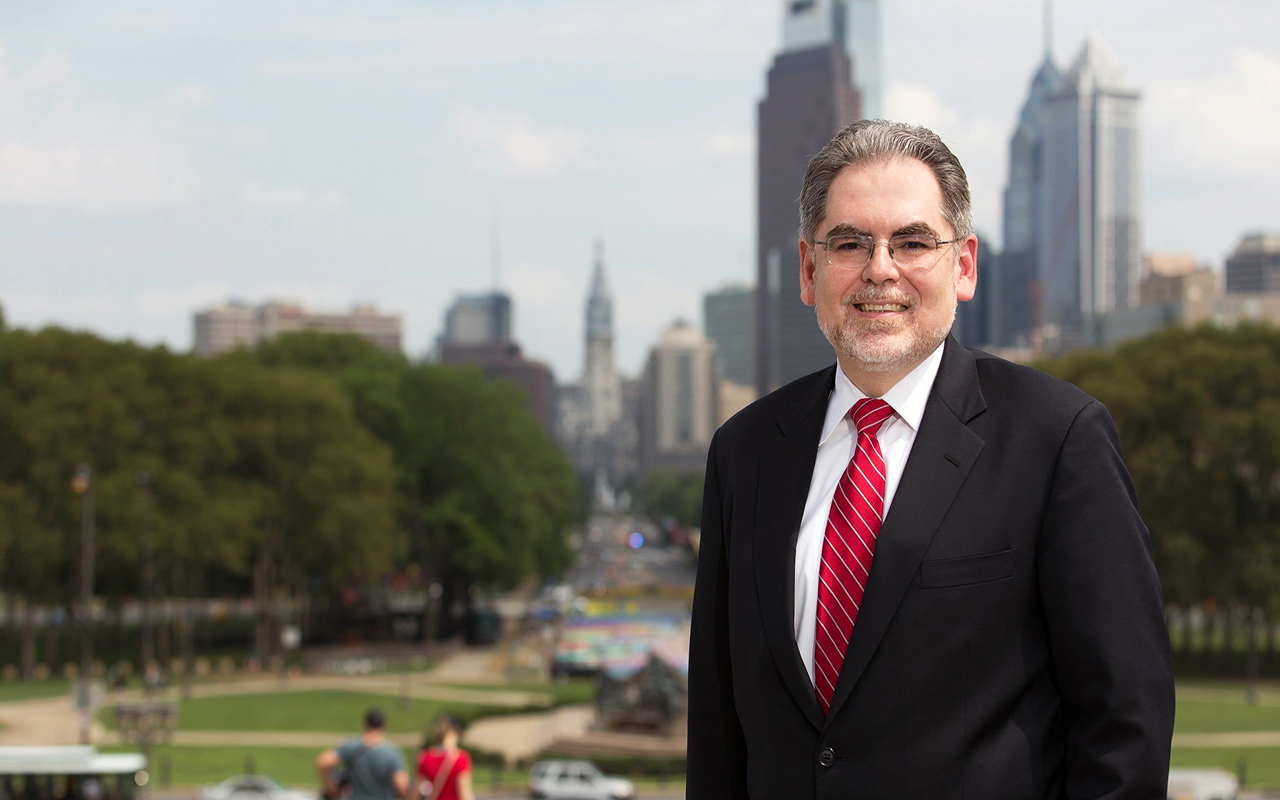
The hard data on gentrification and displacement in Philly
It’s not just about housing, either. Businesses and community spaces have been uprooted by new development, and the combined result is threatening the…
Last week, the Philadelphia Coalition for Affordable Communities (PCAC) released a policy report that contained some startling figures about displacement caused by gentrification in Philadelphia.
Media coverage (Plan Philly and The Daily News) highlighted the organization’s proposal for an anti-speculation tax on ‘flipped’ houses, which would apply to properties bought two or more times in a two-year period. By increasing the Realty Transfer Tax by 1.5 percent, the coalition says it could generate $12 million to put back into affordable housing.
While this is a central aspect of the policy, the facts that inspired the tax idea only got peripheral attention.
Econsult helped conduct the research report, titled “Development without Displacement: Keeping Communities Strong,” using census data from 2000 to 2012. To our knowledge, it’s the first report of its kind that looks at factors and conditions of Philadelphia’s changing demographics over such a long period. It even offers a first-time estimate as to how many are being displaced from their homes, community spaces, businesses, and social networks.
The gentrification issue has both skeptics and cheerleaders. In some cities, it even has people that argue displacement caused by gentrification is a borderline myth. Either way, both sides of the Philly debate should have some hard data to compare.
A few of the more arresting figures:
-
Over this 12-year period, the African-American population in gentrifying areas of South and West Philadelphia decreased by 29 percent, and by 22 percent in North Philadelphia. There were no numbers on Latino or Asian displacement, but Nora Lichtash, executive director of the Women's Community Revitalization Project and member of PCAC, says that they hope to identify this data once they have the resources.
-
In North, South, and West Philly, more than 50 percent of renter households are housing cost-burdened — meaning they spend more than 30 percent of their income on housing.
-
“Housing cost-burdened” households were at 52 percent in 2012. That’s a citywide increase of 10 percent. The 7th District, which is largely Latino, saw a city-high 20 percent increase in housing-cost burdened households in those years.
-
33 percent of home-owned households were cost-burdened in 2012. West Philadelphia’s median home sale price increased 98%, twice the city rate; South Philadelphia’s median sale price increased 184%, more than three times the citywide rate; North Philadelphia’s median sale price increased 200%, nearly four times the citywide.
It’s not just about housing, either. Businesses and community spaces have been uprooted by new development, and PCAC says the combined result is “threatening the diversity of our neighborhoods.”
The report includes a number of firsthand accounts — Dana who couldn’t afford to compete with rising rent costs around Temple, Jawad whose family jewelry cart was bumped from The Gallery to make room for higher-end merchants, Khenti whose community garden in Mantua lost the battle to a 6-unit apartment building.
All of the stories are worth reading. There are others untold like them for sure.










LEAVE A COMMENT:
Join the discussion! Leave a comment.